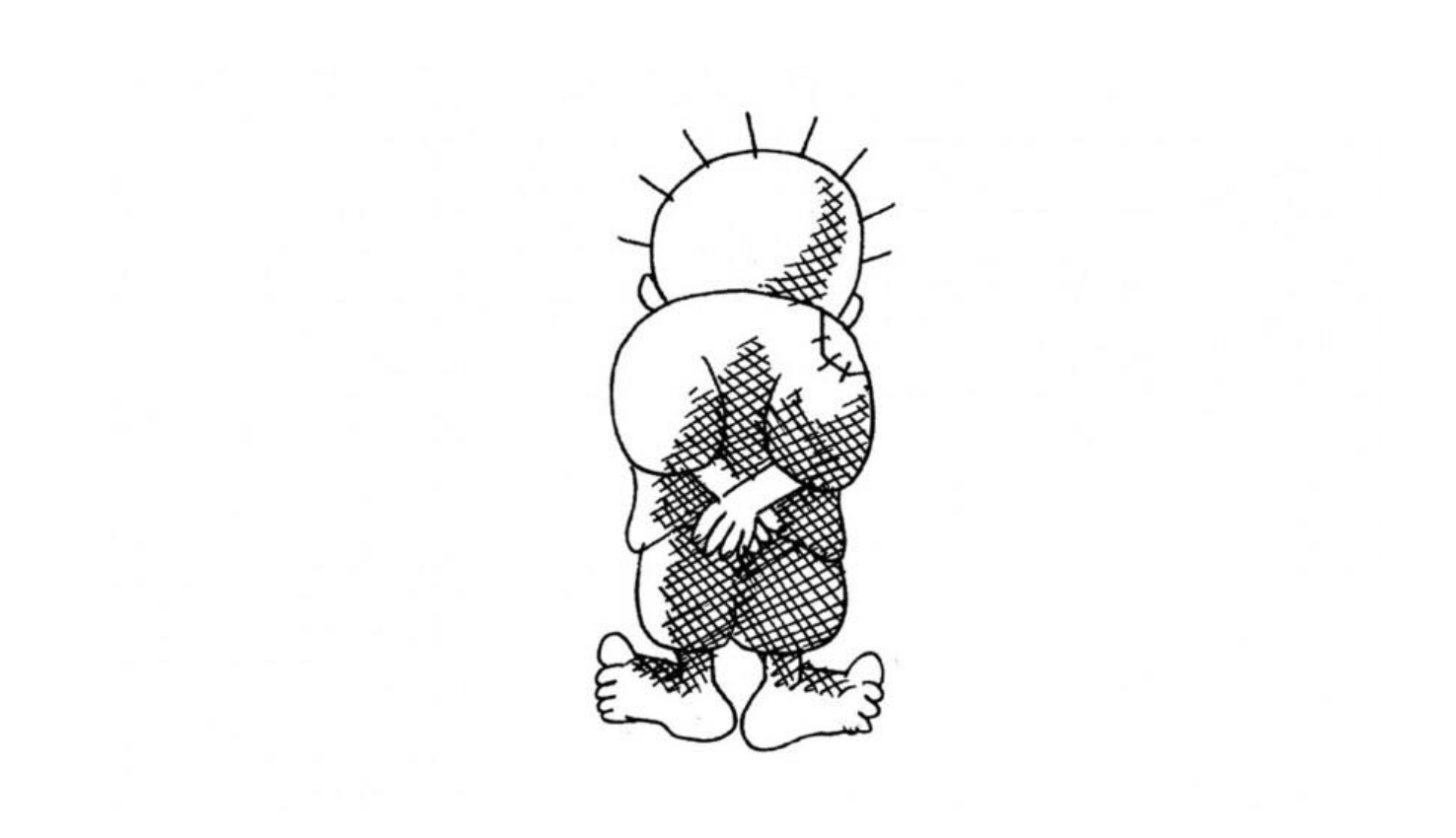Travel Tips
Lorem ipsum dolor sit amet, consectetur adipiscing elit.
Search

The battleground of struggles and wars in Palestine has given rise to a powerful voice through its revolutionary poets and artists. Naji Al-Ali, a Palestinian cartoonist, emerged from the crucible of the Palestinian struggle. His art, particularly his iconic character Handala, became a powerful symbol of Palestinian resistance and resilience. Handala, a ten-year-old boy with his back turned to the world, embodies the Palestinian people's determination and refusal to compromise. Created in 1969, Handala became a ubiquitous symbol of Palestinian identity and aspiration. Al-Ali's cartoons, filled with wit and biting satire, exposed the hypocrisy of both Israeli and Arab regimes.
The battleground of struggles and wars, especially those that never seem to end in Palestine, has given birth to numerous revolutionary poets. Examples include Murid Barghouti, Ghassan Kanafani, Kamal Boullata, Ramzy Baroud, and Mahmoud Darwish. The world understood Israel's cruelty through the works of these writers. Murid Barghouti’s "I Saw Ramallah" is an example of this. The narrative of this book is that the author sees his place called Ramallah after thirty years of the Israeli occupation. The writings of Ghassan Kanafani and Darwesh are always creating a revolution in Palestine. However, when poets recited and writers wrote, channeling their response against Israel, the artist Naji Ali depicted his numerous stories and the crises of his homeland on the walls of Lebanon. Naji Ali did not need to do more to be known as a commander of the Palestinian Liberation Army. The world took Naji Ali’s humorous illustration.
Naji Al-Ali was born in 1937 in the village of Al-Jalil. He migrated to Lebanon from his homeland of Palestine because of the Nakba crisis in 1948. He was imprisoned for participating in the upheavals during his journey. He used this opportunity to start his humor cartooning during his incarceration. The suffering of migration and the atrocities of occupation had created a great effect on Naji's creativity, as the other Palestinians, Naji was also imprisoned many times during his freedom fight. Naji had an indissoluble connection with so many writers and poets. Once, Ghassan Kanafani, the great writer and Palestinian politician, visited Naji and became fascinated by his works, thus he published three of Naji's cartoons in his magazine.
EMERGING OF HANDALA Naji's masterpiece cartoon Handala emerged in 1969 through a Kuwait newspaper called “Al Siyasa Al Kuwaitiyya”. A boy of about ten years old, with his hands tied behind him, is the image of Handala. Naji Ali is portraying the fearlessness of Palestinians even if Israel’s cruelty continues. This image was enthusiastically received by the Arabians and Palestinians celebrated this as a symbol of their liberation. In an interview conducted by the journalist Radwa Ashour, Naji introduces Handala as follows:” Handala is a depiction of a 10-year-old child formed in my mind, this child won’t be affected by laws of nature which means, this child will remain in this same age until he reaches Palestine again”. Even today Naji’s Handala can be seen on Palestinian historical books and walls as a symbol of Palestine’s liberation.
Beyond Handala, many other images also took shape through Naji Ali's pen, an image called “Fathima” indicating women's community of Palestine and cartoons of children standing at Warfield without wavering and Israeli soldiers running away from children’s stone shoot and the Arabians that had helped Israel and portraying their current weakness in power also included in his works.
The murder attempt in 1987 July 22 against Naji was also the result of his works and cartoons. A stranger had shot Naji beneath just his eye and Naji was unconscious for about 40 days. On the 29th, he departed from this world, leaving all people in sorrow. There are still differing opinions on whether Mossad was behind his assassination or if it was a party working for Palestinian independence itself.
The masterpiece works of Naji Al Ali still echo in Palestine. His pictures can be seen on the walls and the banners of the Palestinian liberation movements of Ramallah. Today, Handala and Fatima, left as a legacy by Naji, are being remembered anew from the heart of Palestine at dawn.
Comments